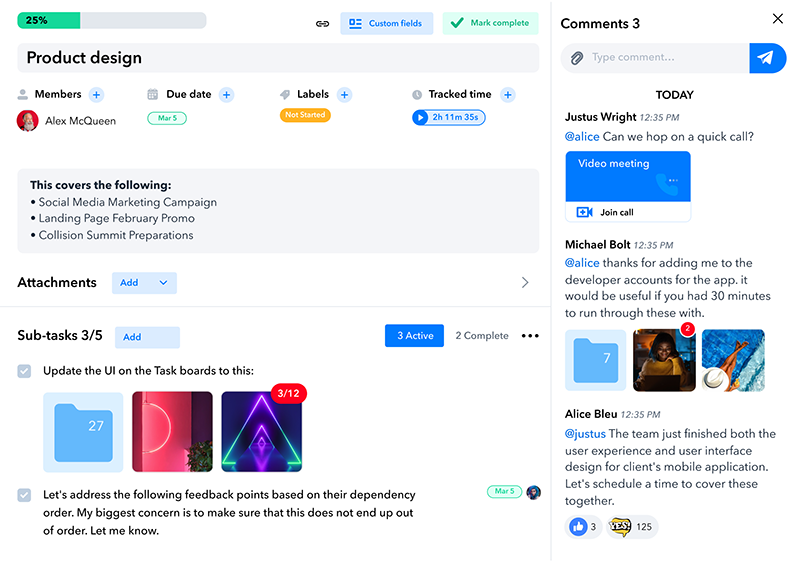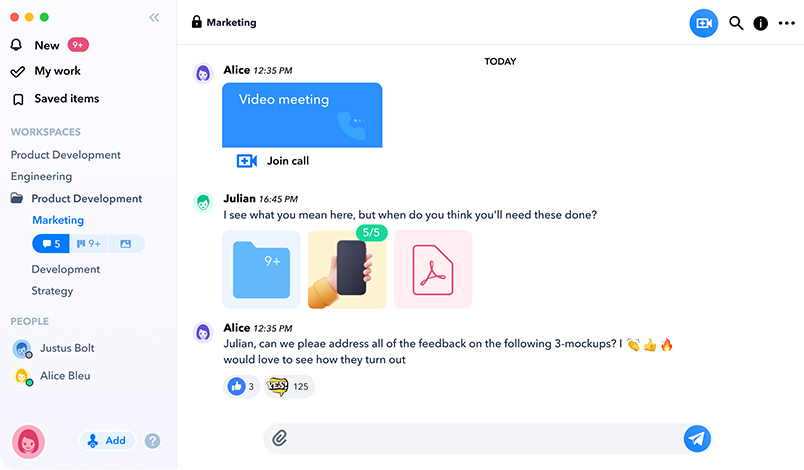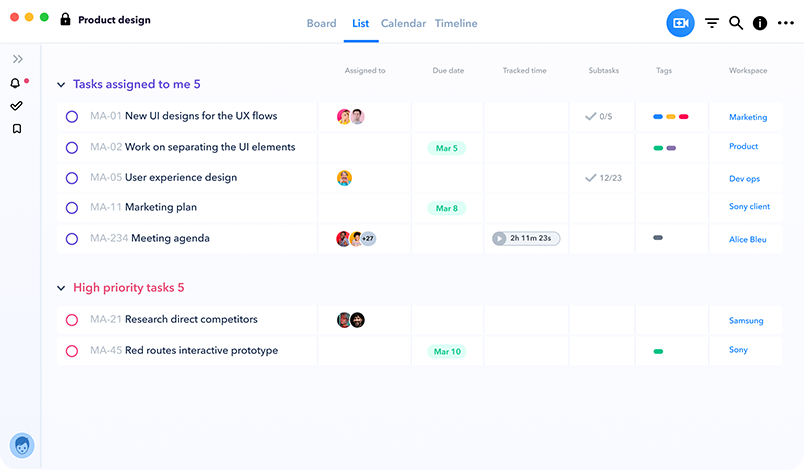Many people claim to say that distance makes the heart grow fonder. However, if you’re on a remote team, this is probably not the case. When it comes to working virtually or remotely, it definitely has its perks. However, team culture and team building can often suffer at times.
If you are looking to make your team more productive by reducing redundant meetings to give time back, streamline communications, and enjoy easy feedback and collaborations, a powerful tool can help you improve your remote team’s productivity and enhance remote team communication.
What Are Back-to-Back Meetings?
 To put it simply, back-to-back meetings are a set of two or more consecutive meetings that occur without a break in between. They often involve many different groups of people. A lot of the time, this can lead to scheduling conflicts and a huge waste of time for everyone.
To put it simply, back-to-back meetings are a set of two or more consecutive meetings that occur without a break in between. They often involve many different groups of people. A lot of the time, this can lead to scheduling conflicts and a huge waste of time for everyone.
Not to mention all of the frustration experienced as a result of delays in the delivery of work and the questioning over the dreaded “oh my gosh, this could have been an email”. Admit it, we have all thought it at least twice in the past year. Our lives have essentially turned into an all-day meeting.
So, What is the Cause of Back-to-Back Meetings?
Well, there are many different causes when it comes to the epidemic of back-to-back meetings. One of these things is very closely related to the fact that we feel the need to compensate for the lack of face-to-face discussions with one of the next best things, video calls.
Another main reason is because of the fact that video calls/meetings tend to have a form of reactive nuance to them. We usually go on calls when things go awry, when we need to rapidly find a solution to a problem that is going messy, or when there is something that urgently needs to be fixed.
Cue in the headaches, tension, and a huge sense of being overwhelmed that comes from remote team meetings that run back-to-back.
The Consequences of Back-to-Back Meetings
 It is crucial to realize that zoom fatigue is not just another odd buzzword in the collection. On one hand, some people have actually realized straight away that it is quite weird to complain about simply sitting in front of a computer all day every day.
It is crucial to realize that zoom fatigue is not just another odd buzzword in the collection. On one hand, some people have actually realized straight away that it is quite weird to complain about simply sitting in front of a computer all day every day.
Like, come on, we did this before 2020 too. So, if we have done this before, why are we suddenly getting so tired of the annoying back-to-back meeting problem. Well, it is because it just isn’t a preference. It is the most widespread and indecent way to frustration, fatigue, and inefficiency.
Want to learn how to manage remote team meetings in a better way than ever before? Keep reading!
Use the Messaging Feature from HeyCollab
Daily hurdles are some of the most common reasons that back-to-back meetings occur. They are also the most difficult to end. When it comes to how to build remote teams that actually enjoy their work and don’t dread the rare meetings you have, you have to consider remote team software.
The right remote team tool, such as HeyCollab, can help transition your daily meetings into their messaging feature. You can easily create a message-first culture rather than swinging straight into meetings when things go wrong. You can also easily set up group chats for special projects and teams.
In order to reach your goals as a group, you need to be aware of everyone else on your team. With this remote team tool from HeyCollab, you can set up channels for every purpose. You can also ask your team members to respond at least within the hour to explain to you what they are working on and send any important updates such as setbacks.
This means that the whole team can scan responses and follow up on anything that may require more context. Studies show that 83% of employees actually preferred using chat tools over traditional meetings because it saves time.
Project Management Tools
Project management tools, such as the one offered by HeyCollab, can make the biggest difference when it comes to remote team building. They feature team building tools, messaging, and several other features that can remove the need for meetings almost entirely.
You can create organizations, boost communication, observe deadlines, and take a look into everyone’s work on all tasks and projects. A strong project management tool can make a whole world of difference when it comes to holding your remote team accountable for what they are doing.
Task Scheduling and Commenting




